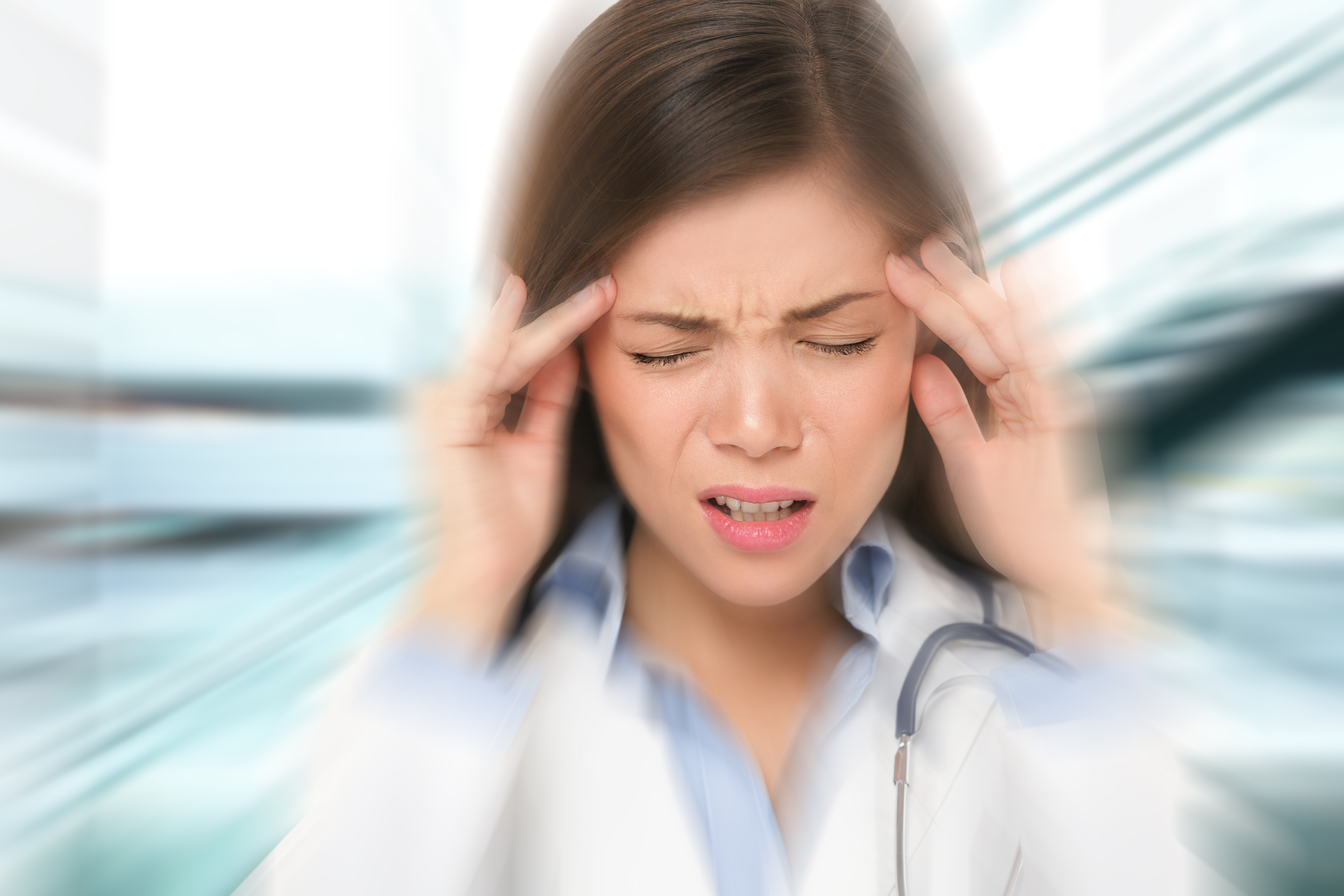
Migraines are a common problem for many individuals and can become major hindrances in everyday tasks. One of the first questions is: what is the difference between a normal headache and a migraine.
Headaches tend to be rather easy to get rid of and can be dealt with minor pain meds or reduction of stress. Migraines, on the other, are a lot more difficult to get rid of as the pain becomes more severe. The best way to stop a migraine is to catch it before it becomes too severe, but how do you know when you have a migraine? Once you get it, how can you stop it?
Migraines can come with the following symptoms:
- Blurred vision
- Loss of appetite
- Nausea or vomiting , abdominal pain or upset stomach
- Paleness
- Sensitivity to light, noises
- Sensitivity to odor or scents
- Dizziness
- Seeing spots or slight distortions
- Fatigue
- Fever
A lot of the symptoms vary depending on the individual; not all people with migraines will have light sensitivity or a fever. It’s best if you feel these symptoms coming about to get yourself in a safe place and relax to determine the severity of the oncoming migraine.
Dealing with a migraine can come in many fashions. Some individuals can rest and sleep off the pain. This option may not be plausible for individuals who are always on the go and can’t just stop to rest. There are over the counter pain relievers that are known to help relieve the pain. If they do not work or if you are unsure, it is best to see your doctor or a professional who can give you the best advice on how to deal with the pain.
If you have never experienced a migraine before and suddenly find yourself in a predicament where you can’t relieve the pain, try to pace your breathing. Whatever you do, do not cry because you will put unnecessary tension in the area of the pain and cause it to worsen. Find a friend, family member or coworker to drive you to a hospital or a care facility. It is best to get yourself to a place where professionals can help you ease the pain safely with your health in mind.
The EE 411: The Four Phases
There are four phases to a migraine that help you identify what it is and when it is coming.
The first phase is Prodrome. This can happen one to two days before a migraine and tends to cause small changes in behavior or habits. This can include cravings for certain foods, constipation, depression, hyperactivity, irritability, uncontrollable yawning, and neck stiffness.
The second phase is called Aura. This can happen either before or during a migraine. This can include visual phenomenon (seeing spots, bright spots, or varying shapes), vision loss, pins and needle sensations in the arms and legs, or loss of speech/language function (aphasia).
The third phase is called Attack and this is when the migraine sets in. This can include pain on one or both sides of the head, painful throbbing or pulsating, sensitivity to light and sound or smells, blurred vision, nausea and vomiting, and light headedness.
The fourth phase is called the Postdrome and it occurs after the migraine is over. It is associated with extreme exhaustion or feeling drained. Sometimes people feel mild euphoria.
We hope this information helps you and that it has informed you of the severity of migraines. They are not meant to be taken lightly and anyone who has them should be considered with the utmost care. Please continue to do more research on your own time and remember to do what is best for your body.
Share with Us: How do you take care of yourself when during a migraine?
(This post was brought to you by Earth’s Enrichments. Similar posts can be found by visiting our Blog. More information about our company and products (USDA Certified Organic Soaps, Organic Bath Salts, Organic Sugar Scrubs, Organic Body Balms and Organic Lip Balms) can be found on our Website. Thank you Earth’s Enricher!)

